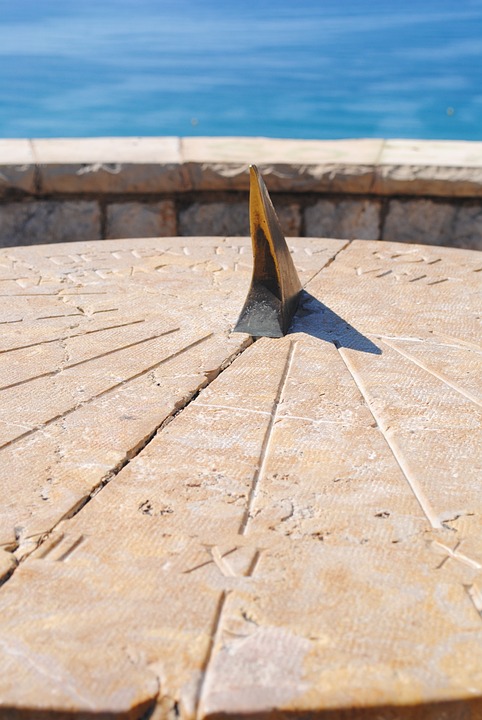Introduction
Seville, the capital of the Andalusia region in southern Spain, is a city that has long been overshadowed by popular destinations like Barcelona and Madrid. However, in recent years, Seville has emerged as a true hidden gem, captivating visitors with its rich history, vibrant culture, and breathtaking architectural wonders. From its enchanting old town to its lively festivals and delicious cuisine, Seville is a city that deserves a spot on every traveler’s itinerary.
History
With a history dating back over 2,000 years, Seville has witnessed the rise and fall of various civilizations, each leaving its mark on the city. From the Romans to the Moors and Christian conquerors, the blend of architectural styles in Seville is a testament to its diverse past. The breathtaking Alcázar of Seville, a UNESCO World Heritage site, showcases the city’s rich Moorish heritage, while the imposing Seville Cathedral, the largest Gothic cathedral in the world, symbolizes its Christian era. History enthusiasts will find themselves immersed in Seville’s captivating stories at every turn.
Art and Culture
Seville is known for its artistic and cultural heritage. The city has produced renowned painters like Diego Velázquez and Bartolomé Esteban Murillo, whose works can be admired in various museums throughout the city. The Flamenco tradition, a passionate and captivating form of dance and music, originated in Andalusia, and Seville is one of the best places to witness this art form. Visitors can experience the pulsating energy of Flamenco in the traditional tablaos or even take part in dance classes to learn some moves.
Gastronomy
Seville’s cuisine is a reflection of its rich history and geographical location. Influenced by both Mediterranean and Andalusian flavors, the city offers a tantalizing array of dishes. From the world-famous tapas to the traditional gazpacho and the delicious Andalusian pastries, Seville is a paradise for food lovers. The Triana neighborhood, located on the banks of the Guadalquivir River, is particularly famous for its tapas bars and lively atmosphere, making it a perfect spot to indulge in the city’s culinary delights.
Architecture and Landmarks
Seville is a city adorned with stunning architectural wonders. The aforementioned Alcázar, a royal palace that seamlessly blends Moorish and Christian influences, is a must-visit. The Giralda Tower, originally built as a minaret during the Moorish period, now serves as the bell tower of the Seville Cathedral and offers panoramic views of the city. The Plaza de España, a grand square with intricate tile work, is a beautiful example of Renaissance Revival architecture. Exploring Seville feels like stepping into a living museum, with awe-inspiring structures at every corner.
Festivals and Traditions
Seville is a city that knows how to celebrate. The renowned Semana Santa (Holy Week) and the Feria de Abril (April Fair) attract visitors from all over the world. During Semana Santa, elaborate processions fill the streets, with participants dressed in traditional robes carrying religious icons. The Feria de Abril, on the other hand, is a week-long celebration of music, dancing, and flamenco, where locals and tourists come together to enjoy the festive atmosphere. Seville’s festivals and traditions provide a unique insight into the city’s vibrant culture and are not to be missed.
Nature and Parks
Besides its historical and cultural attractions, Seville also boasts beautiful parks and natural spaces. The Maria Luisa Park, located next to the Plaza de España, is a picturesque oasis with lush gardens, fountains, and tranquil ponds. The Guadalquivir River, which traverses the city, provides a serene backdrop for leisurely walks and boat rides. For a change of scenery, the nearby Doñana National Park, a UNESCO World Heritage site, offers diverse ecosystems, including marshlands, forests, and sand dunes, making it a paradise for nature lovers.
Frequently Asked Questions
What is the best time to visit Seville?
The best time to visit Seville is during spring (April to June) and fall (September to November) when the weather is pleasant and festivals like the Feria de Abril take place.
How do I get around Seville?
Seville has an excellent public transportation system, including buses, trams, and a metro line. However, the city is relatively compact and can be explored on foot, allowing you to fully immerse yourself in its charm.
What are some must-try dishes in Seville?
When in Seville, don’t miss out on trying tapas, pescaíto frito (fried fish), salmorejo (a cold tomato soup), and the traditional and flavorful serranito sandwich.
Are credit cards widely accepted in Seville?
While credit cards are generally accepted in most places in Seville, it’s always a good idea to carry some cash, especially in smaller establishments and markets.
Is it necessary to book tickets in advance for attractions in Seville?
It is recommended to book tickets in advance, especially for popular attractions like the Alcázar and the Seville Cathedral, to avoid long queues, especially during peak tourist seasons.

